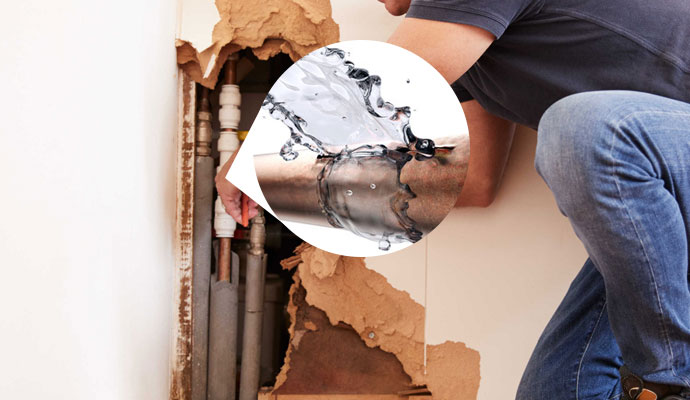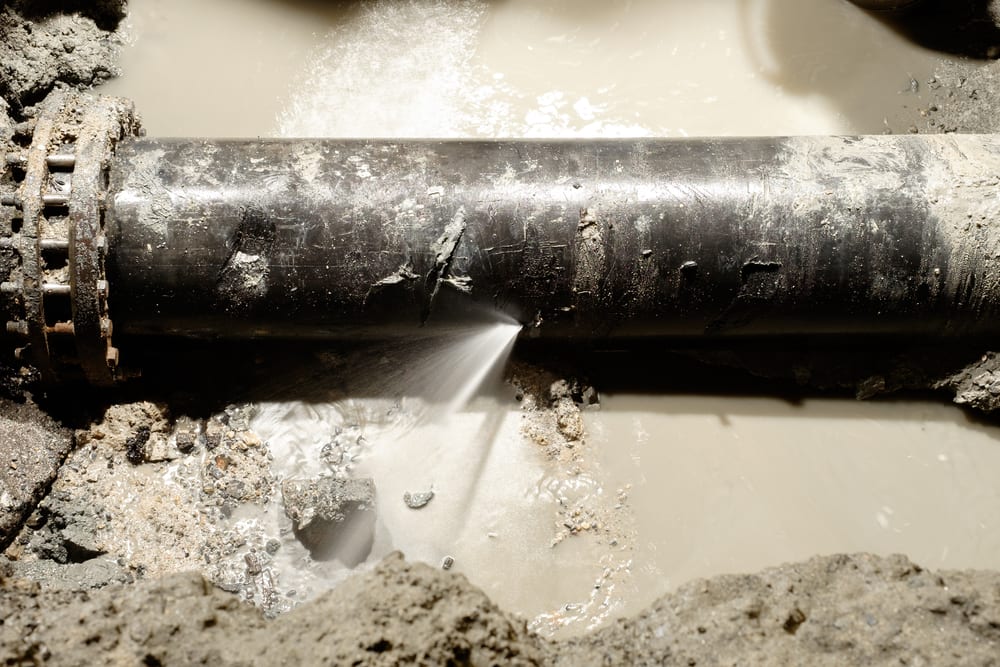Are you looking for facts around How to Prepare for Your Dishwasher Installation?

A ruptured pipeline is a significant emergency; you can just stand as you see water you pay a lot to rejoin with the planet. In worse situations, you discover a pool on your kitchen flooring, which is an excellent journey risk, especially if you have youngsters around. If the pipeline that burst was in your wall surfaces, problem: you may need to paint that whole section.
How can a tragedy like a ruptured pipe be prevented and also handled? Well, by listening to your specialist emergency plumbing professionals as well as following these regulations.
Exactly how do I know when my pipelines have burst?
Fluctuating water stress
Pipes do not just burst in a day. You might have discovered that your kitchen faucet or shower doesn't run quickly when you transform the faucet. It might pause for a couple of seconds and then blast you with even more pressure than typical.
In other circumstances, the water may seem regular initially, then decrease in stress after a few secs.
Polluted water
Many people think a ruptured pipe is a one-way electrical outlet. Rather the contrary. As water flows out of the hole or wound in your plumbing system, pollutants find their method.
Your water may be contaminated from the resource, so if you can, check if your water container has any type of problems. Nonetheless, if your drinking water is provided as well as purified by the local government, you ought to call your plumber immediately if you see or scent anything funny in your water.
Puddles under pipelines and sinks
When a pipeline bursts, the discharge creates a puddle. It might appear that the pool is growing in dimension, as well as no matter the number of times you mop the pool, in a few minutes, there's another one waiting to be cleaned up. Often, you might not be able to trace the pool to any type of noticeable pipes. This is an indicator to call a professional plumber.
Damp walls as well as water stains
Before a pipeline bursts, it will certainly leak, a lot of times. If this persistent leaking goes undetected, the leak might finish into a large gash in your pipeline. One very easy method to prevent this emergency is to look out for wet wall surfaces ad water spots. These water discolorations will lead you right to the leakage.
Untraceable trickling noises
Pipe ruptureds can happen in the most undesirable places, like within concrete, inside walls, or under sinks. When your home goes quiet, you may be able to listen to an annoyingly consistent trickling sound. Even after you have actually examined your shower head and kitchen tap, the trickling might continue.
Precious visitor, the trickling may be coming from a pipeline inside your wall surfaces. There isn't much you can do about that, except tell a professional plumber.
Show up the Heat
Set up fans to blow warm right into cool rooms. Keep the garage door shut. If you have actually lowered water flow, heat the most prone pipelines (generally in basements and crawl spaces or near exterior wall surfaces) with a hair clothes dryer. Leave the tap on while you use heat. As you melt ice, the flow will enhance. To avoid pipelines from cold, shield your walls.
Start Eliminating the Water
Get the mop, containers as well as a store vacuum cleaner to begin to do away with the water due to the fact that you absolutely do not want it soaking into everything else in the house. Plus, a quick clean up will reduce the chances of something getting moldy.
What do I do when I spot a burst pipe?
Your water meter will continue to run also while your water wastes. To decrease your losses, find the major controls and also transform the supply off. The water pipe are an above-ground framework beside your building.
How to Fix & Detect a Leaking Pipe
How Do I Know if a Pipe is Leaking?
Leak detection tests can help you determine if your pipe has a leak. Even if you don’t see an apparent leak, you should still conduct leak detection tests regularly to save water and money—and prevent major damage to your home.
Water meter. It can be helpful to figure out what your usual water meter usage numbers are and then monitor them regularly. To monitor your meter, first, turn off all water faucets in your home. Check the meter and write down the numbers. In a few hours, check the meter again. If the numbers have changed, you have a leak. Water gauge. Use a water gauge to test your water pressure. Your showerhead should produce a certain amount of water pressure based on its model and design. If the pressure is lower than it is supposed to be for that specific showerhead, your home likely has a leak. Puddles. Look inside your bathroom, laundry, and kitchen sink cabinets. Puddles around the cabinets or around toilets, tubs, showers, and washing machines indicate the presence of a leaking pipe. You may also notice loose tiles, peeling or flaking paint, or mold caused by water accumulation. Napkin test. Even if you don’t see any puddles, you may still have a leak. You can test for water leaks in the bathroom, laundry, and kitchen by wiping below-sink connections with a napkin, paper towel, or piece of toilet paper. If it becomes damp, you probably have a leaking pipe under the sink. Discolored walls. Walls that are discolored—usually with brown or yellow stains—or bulging might mean that they have been impacted by water damage caused by a leaking pipe. Smell. A leaky pipe will create sitting water, and over time, that water may develop a musty smell. If your home smells musty, but you can’t locate the source, it may be due to a leak. Steps for Fixing a Leaking Pipe
A leaky drain can be remedied by tightening the pipe base, replacing the drain seal, caulking the rim, and tightening the pipe nut. Similarly, a leaking toilet pipe can be treated by tightening the packing nut. You may also need to replace the valve. A leaky faucet may just need tightening or replacement of the washers. If that doesn’t work, consider replacing your faucet. If your pipe has a hole in it, you may want to use a pipe leak sealer or pipe leak tape. This quick fix for water pipe leaks can also temporarily fix a copper pipe leak. https://www.ahs.com/home-matters/quick-tips/how-to-tell-if-pipes-are-leaking/

Hopefully you enjoyed reading our part about How to Prepare for Your Dishwasher Installation. Thank you for taking a few minutes to read our short article. So long as you enjoyed our post kindly remember to share it. We thank you for reading our article about How to Prepare for Your Dishwasher Installation.
Schedule And Pricing